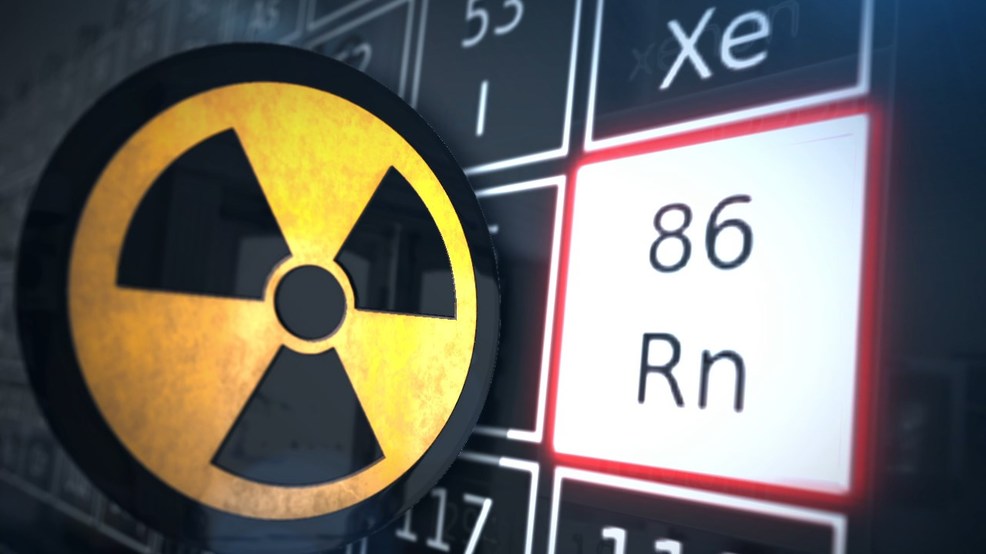The Greatest Guide To What Is Radon Mitigation
EPA lifetime security criteria for carcinogens are developed based upon a 1 in 100,000 danger of fatality. A lot of researchers agree that the threat of death for radon at 4 p Ci/L is about 1 in 100. At the 4 p Ci/L EPA radon activity standard level, carries about 1000 times the threat of death as any other EPA health hazard.
It is important to note that the activity degree is not a risk-free level, as there are no "risk-free" levels of radon gas. Radon is a cancer-causing contaminated gas. You can not see, smell or preference, however it might be an issue in your. The Doctor General has actually alerted that is the second leading cause of in the United States today.
Some scientific of direct exposure indicate that kids may be extra delicate to. This may be due to their higher respiration price and also their quickly dividing cells, which might be much more vulnerable to radiation damages. Radon is a colorless chemically-unreactive inert gas. The atomic span is 1.34 radon insurance angstroms as well as it is the heaviest well-known gas-- radon is 9 times denser than.
Not known Incorrect Statements About How To Get Rid Of Radon
Radon is additionally fairly soluble in and organic solvents. Although response with various other substances is fairly rare, it is not entirely inert and forms steady molecules with highly electronegative products. is thought about a noble gas that takes place in numerous isotopic forms. Only two are found in substantial focus in the human atmosphere: -222, and -220.
-220 is created in the decay chain of thorium-232. -222 degenerations in a sequence of radionuclides called decay products, children, or progeny. It is -222 that the majority of conveniently occurs in the atmosphere. Atmospheric releases of -222 lead to the development of decay products that are radioisotopes of heavy steels (polonium, lead, bismuth) as well as swiftly connect to other airborne products such as dirt and various other materials facilitating inhalation.

- Get This Report on How Much Radon Is Dangerous?
- Some Known Details About What Is Radon Testing
- Some Known Incorrect Statements About What Is Radon Testing
- How To Get Rid Of Radon Fundamentals Explained

is a normally occurring radioactive gas and originates from the all-natural failure (contaminated decay) of uranium. It is generally discovered in igneous rock and soil, but sometimes, well may likewise give. DIRECT EXPOSURE: The primary paths of potential human direct exposure to are breathing and also intake.
The smart Trick of How Much Radon Is Dangerous? That Nobody is Talking About
Although high concentrations of in groundwater may contribute to direct exposure via ingestion, the inhalation of released from is usually more vital. IN THE WORK ENVIRONMENT: In contrast with levels in outdoor, human beings in restricted areas, especially in below ground workspace such as mines and also structures, are revealed to raised concentrations of as well as its degeneration products.
The typical focus in are typically a lot lower than the ordinary concentrations in below ground ore mines. Workers are exposed to in numerous line of work. In nations for which data were offered, focus of degeneration items in underground mines are now usually less than 1000 Bq/m 3 EEC Rn (approx. 28 p Ci/L).
Other below ground employees and certain mineral processing employees may likewise be revealed to significant degrees. Evaluating is the only way to recognize your radon degree. There are no prompt signs and symptoms that will certainly inform you to the existence of radon. It typically takes years of direct exposure prior to any problems surface. The United States EPA, Doctor General, American Organization, American Medical Organization, and also National Safety And Security Council advise checking your house for radon since testing is the only method to understand your radon level.
Fascination About How To Get Rid Of Radon
The US EPA approximates that as lots of as 8 million throughout the nation have raised levels of radon. Current state surveys program that 1 in 5 has elevated radon levels. It's ideal to count on a specialist-- specifically when dealing with a carcinogen. Actually, many U.S. states require radon experts to be accredited and accredited in their area.
chemical aspect with atomic number 86 Chemical element with atomic number 86Radon, 86Rn Radon Pronunciation(RAY-don) Appearancecolorless gasMass numberRadon radon mitigation process in the regular table Atomic number (Z) 86Groupteam 18 (honorable gases)Durationduration 6 Blockp-block Aspect classification Noble gasElectron arrangement [Xe] 4f 14 5d 10 sixes 2 6p 6Electrons per covering 2, 8, 18, 32, 18, 8Physical propertiesStage at STPgasMelting factor202 K( − 71 ° C, − 96 ° F) Boiling factor211.5 K( − 61.7 ° C, − 79.1 ° F) Thickness (at STP) 9.73 g/Lwhen liquid (at b.p.) 4.4 g/cm 3 Crucial point377 K, 6.28 MPa Warm of combination3.247 k J/mol Heat of vaporization18.10 k J/mol Molar heat capacity5R/ 2 = 20.786 J/( mol · K ) Vapor pressure P () 1 10 100 1 k https://telegra.ph/all-about-how-much-radon-is-dangerous-02-21 10 k 100 k at T (K) 110 121 134 152 176 211 Atomic residential properties Oxidation states 0,+2, +6 Electronegativity Pauling range: 2.2 Ionizationenergies Covalent span 150 pm Van der Waals radius 220 pm Spooky lines of radon Various other homes Natural event from degeneration Crystal structure face-centered cubic (fcc) Thermal conductivity 3.61 × 10 − 3 W/( m· K) Magnetic purchasing non-magnetic CAS Number 10043-92-2 Background Exploration Ernest Rutherford and Robert B.
